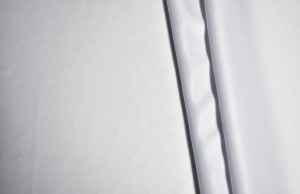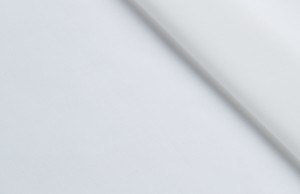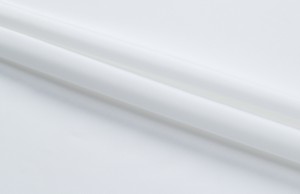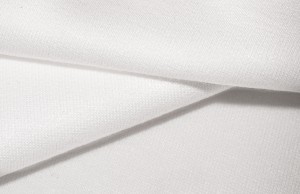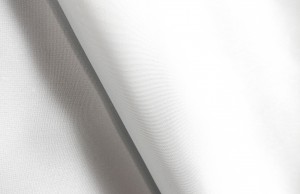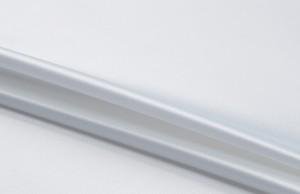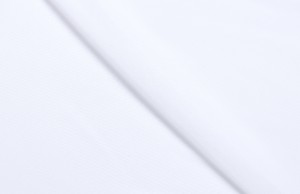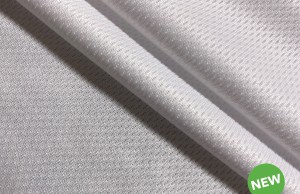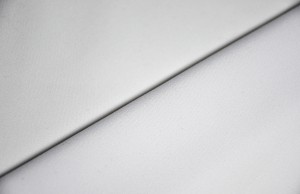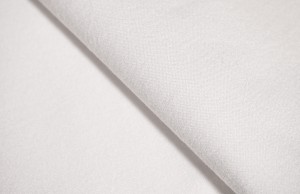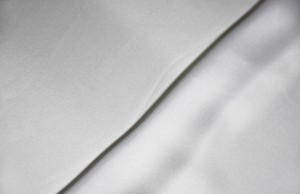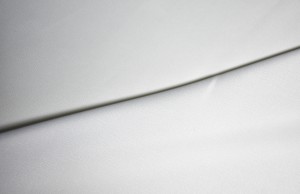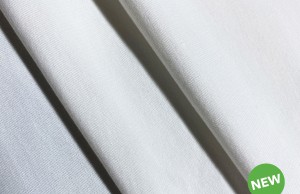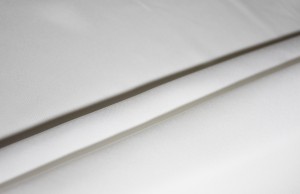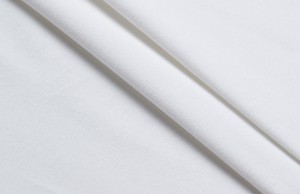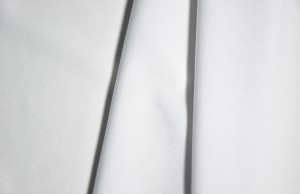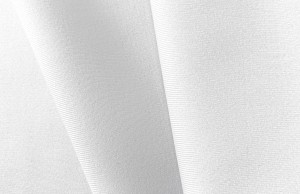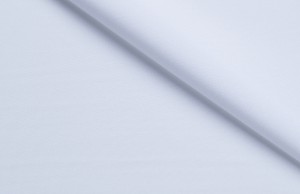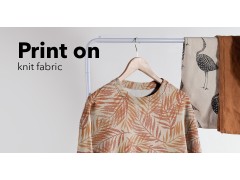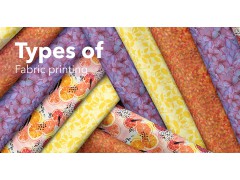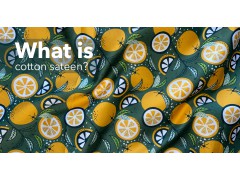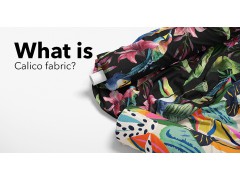What is it being used for?
Sublimation printing is a popular technique for printing designs on fabric. It is a digital printing process that uses heat and pressure to transfer designs with a special ink onto (recycled) polyester or other synthetic fabrics. This printing technique is widely used in the textile industry to create permanently customized designs on apparel, sportswear, and other fabric products.
We can hear you think: ‘How does sublimation printing work? And what are the pros and cons? In this article, we will give you all the answers to these questions.
The sublimation printing process
At House of U our sublimation printing process involves four main steps:
- Design Creation: The first step in sublimation printing is to create the design that will be printed on the fabric. This can be done using graphic design software or by hand.
- Printing: The second step is to print the design using a sublimation printer. The printer uses sublimation ink to print the design onto transfer paper.
- Heat and Pressure Transfer: The third step is to transfer the design from the transfer paper onto the fabric. This is done using a heat press, which applies heat and pressure to the transfer paper and fabric. When the ink is heated, it turns into gas and penetrates the fibers of the fabric, creating a permanent bond.
- Quality Check: The final step is to check if the sublimation fabric with the design meets the high-standards that House of U promises. When we think the outcome doesn’t meet our standards, then we will do it all over to have the perfect end result.


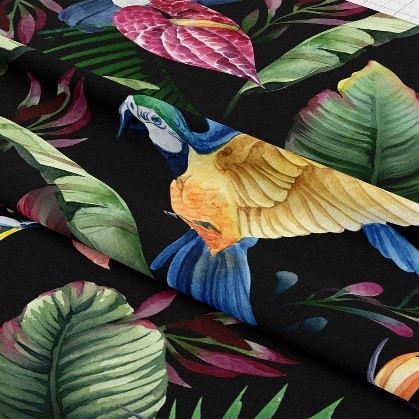
Design Creation Heat & Pressure Transfer Quality Check
What is a sublimation printer?
In short, a sublimation printer is a machine that transfers digital design onto fabric items. It consists of two different machines: the printer and the heat press.
The printer makes sure that the digital design is printed onto paper to use in the heat press. When the printing process is done, the only thing that needs to be done is transferring the inks onto the fabric. The heat press uses heat to transfer the ink into the fibers of the fabric.
Can you use sublimation ink for regular printing?
Sublimation ink is a specialized type of ink that is typically used for printing onto materials that can be sublimated. Sublimation ink is not intended for use in regular printing applications, such as printing on paper. This is because sublimation ink is designed to bond specifically with the special coatings found on sublimation-compatible materials.
What are the pros and cons of sublimation printing?
The benefits of sublimation printing on fabric:
- Vibrant and Long-Lasting Colors: Sublimation printing produces vibrant, high-quality colors that are long-lasting. The dye penetrates the fibers of the fabric, creating a permanent bond. That’s why colors will not fade or peel over time or with repeated washing.
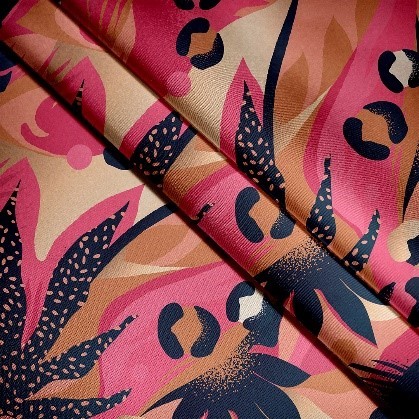
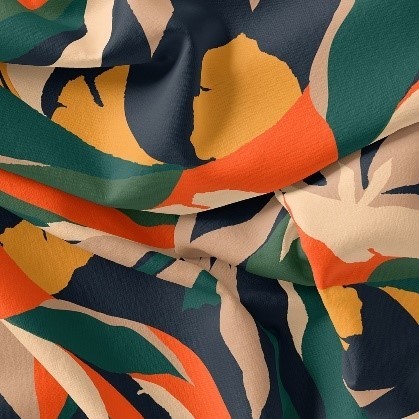
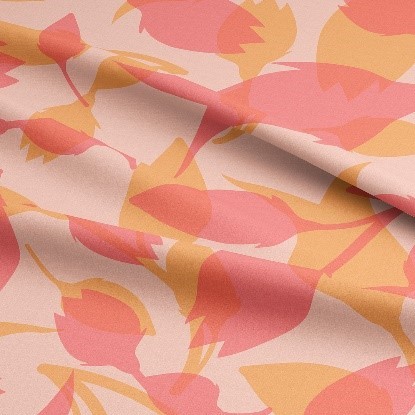
- Customization and Personalization: Sublimation printing allows for full customization and personalization of designs. This means that you can create unique designs on demand that are tailored to your specific needs and preferences. At House of U you can upload your own design in our design generator.
Upload your design
- No Color Limitations: Sublimation printing does not have any color limitations, which means that you can print any color or design that you want. This is because sublimation ink can produce an infinite number of colors and shades.

©I' VR ISABEL VOLLRATH
- Soft and Comfortable: Sublimation printing creates designs that are soft and comfortable to wear. This is because the dye is absorbed into the fibers of the fabric, keeping the beautiful wearing properties of the fabric preserved.
- Eco-Friendly: Sublimation printing is an eco-friendly printing process. The ink used in sublimation printing is water-based, which means that it does not contain any harmful solvents.
The disadvantages of sublimation printing on fabric
There are also some disadvantages of sublimation printing like the limited fabric selection. This technique only works on synthetic materials or materials that have been treated with a special coating. This means that it’s not suitable for natural uncoated fabrics such as cotton, silk or Tencel. This limits the range of fabrics that can be used for sublimation printing.
A different disadvantage is white creasing. During the printing process it can happen that the fabric or sublimation paper is folded. When a design is then printed onto an unprinted sublimation fabric, it can cause white creasing on the fabric because the design can’t be reached on the fabric, disrupting the design.
Overall, sublimation printing is a versatile and effective method for producing high-quality prints on synthetic fabrics. However, it may not be the best choice for every project when you are searching for Tencel or cotton fabric.
Sublimation printing on dark fabric
When it comes to printing on dark fabric, sublimation printing can be a challenge. The reason is that the dye used in the process is transparent, which means that it cannot produce opaque colors.
At House of U, we only offer sublimation printing on fabrics with a white/creamy base color.
Why and when do we use this sublimation printing technique at House of U?
At House of U we offer sublimation printing services and more than 35% of the fabrics that are used by our customers, are printed on recycled polyesters. And because of that, the sublimation printers are used every day to make sure that the orders will meet their deadline.
View our U-circular collection
That’s good to see because the fabrics become sustainable end products, and that will reduce the environmental impact. Not only are the recycled fabrics sustainable, but the inks we use in this sublimation process are also sustainable. Besides this, the sublimation printing process uses almost no water, which helps House of U reduce their carbon footprint.
Sublimation printing on recycled polyester
Recycled polyester is a durable and high-quality fabric that is ideal for sublimation printing. The fabric has the same properties as conventional polyester fabric, such as moisture-wicking, quick-drying, and wrinkle-resistant, but with the added benefit of being environmentally friendly.
Sublimation printing on recycled polyester involves the same three steps as sublimation printing on traditional polyester fabric. First, the design is created using graphic design software or by hand. Second, the design is printed onto transfer paper using sublimation ink. Finally, the design is transferred onto the fabric using a heat press.
By using sublimation printing on recycled polyester, businesses and individuals can reduce their environmental impact and create sustainable products. Recycled polyester is a great alternative to traditional polyester, which is derived from non-renewable resources and can take hundreds of years to decompose in landfills.
In addition to being eco-friendly, sublimation printing on recycled polyester offers all the benefits of traditional sublimation printing. The colors are vibrant, long-lasting, and can be fully customized, making it ideal for creating unique and personalized designs on clothing, accessories, and home decor.
On which products and fabrics can this technique be used?
Sublimation printing can be used on a variety of fabric products like:
- Apparel: custom sublimation printing is commonly used to create unique designs on apparel, such as t-shirts, hoodies, and jerseys.
These fabric are perfect for those Fashion items:
- U-circular Peach Jersey; t-shirts, longsleeves
- U-circular Peach Jersey Heavy; longsleeves, sweaters
- U-circular Sweat Jersey; hoodies, sweaters
- U-circular French Terry; t-shirts, longsleeves
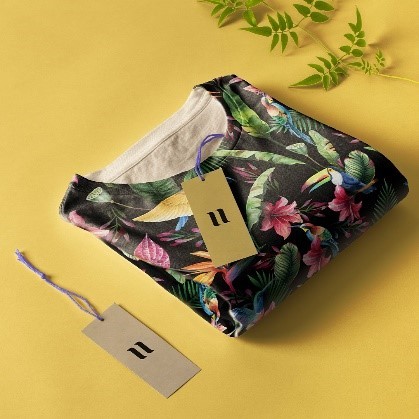
View our U-circular collection
- Sportswear: Sublimation printing is also used in the production of sportswear, such as soccer uniforms, basketball uniforms, and cycling jerseys.
Within the House of U collection, there are a couple of fabrics perfect for sportswear:
- U-circular Athleisure; t-shirts
- U-circular Mesh; lining, tops
- U-circular Mesh Sport; t-shirts
- U-circular Nautica; shorts

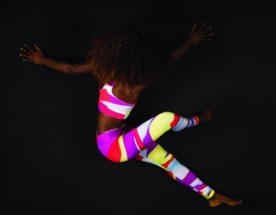
The sportswear above is a design by one of our customers: JOOS Prints
View our sportswear fabrics
- Home Decor: Sublimation printing can be used to create custom designs for interior products, such as curtains, tablecloths, and pillowcases.
The following sustainable fabrics would be a suitable option:
- U-circular Canvas; tablecloths, pillowcases
- U-circular Chiffon; curtains
- U-circular Velvet; pillowcases
- U-circular Silk Satin Heavy; curtains

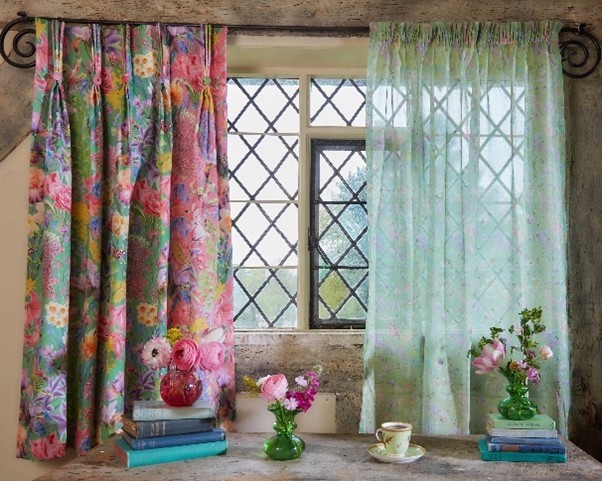
The products above are created by one of our customers: Bauldry Botanical
View our interior fabrics
- Accessories: Sublimation printing can be used to create custom designs on accessories such as bags, hats, and sock
The following fabrics will help with these end products:
- U-circular Canvas; bags, shoes
- U-circular Kyoto; bags, hats
- Polyester Canvas; hats, shoes
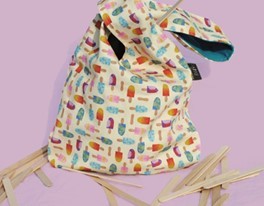
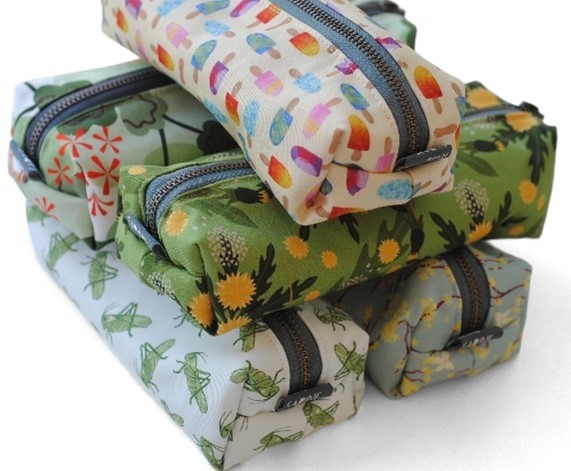
The bags above are a design by one of our customers: Sabine Craenen
View our accessory fabrics
What do you need for sublimation printing?
The sublimation printing process needs several key items:
- Sublimation printing machine; a specialized printer that uses sublimation ink and can print onto sublimation friendly materials.
- Heat press; a machine that applies heat and pressure to the sublimation paper and material, allowing the ink to transfer onto the fabric.
- Sublimation ink; a special type of ink that turns into a gas when heated and bonds with the surface of the fabric.
- Sublimation printing paper; specialized paper coated with a heat-resistant layer that holds the sublimation ink and allows it to transfer onto the desired material.
- Protective paper or tissue; used to protect the heat press and the sublimation material from any excess ink or moisture.
Screen printing vs sublimation printing;
Screen printing and sublimation printing are two popular methods used for printing designs onto various surfaces. While both methods produce high-quality prints, there are significant differences between the two like; materials used, the printing process, and the final result.
Screen Printing
Screen printing, also known as silk screening, is a popular printing technique that involves transferring ink onto a surface through a stencil, or mesh screen. The mesh screen is stretched over a frame, and a stencil is created on the screen by blocking out areas that are not meant to be printed. Ink is then applied to the screen and pressed through the stencil using a squeegee. This process is repeated until the desired image is printed onto the surface.
Screen printing is a versatile printing method that can be used to print on a variety of surfaces, including fabric, paper, glass, and plastic. It is also a cost-effective method for printing large quantities of designs. However, screen printing is not suitable for printing fine details or intricate designs, as the stencil can only block out large areas.
What is the difference between these two techniques?
The differences between Screen Printing and Sublimation Printing are:
- Materials: Screen printing can be used on a wide range of materials, including fabric, paper, glass, and plastic. Sublimation printing, on the other hand, can only be used on polyester-based materials, such as fabric or coated mugs.
- The printing Process: Screen printing involves using a stencil to transfer ink onto a surface, while sublimation printing involves using heat and pressure to transfer a digital print onto a substrate.
- Design Details: Screen printing is not suitable for printing fine details or intricate designs, while sublimation printing is ideal for printing these types of designs.
- Color and Quality: Sublimation printing produces vibrant, high-quality prints that are resistant to fading and cracking. While screen printing can produce high-quality prints, they may not be as vibrant or long-lasting as sublimation prints.
What lasts longer; sublimation or screen printing?
Both screen printing and sublimation printing have their strengths and weaknesses. Screen printing is a versatile and cost-effective method for printing large quantities of designs on a variety of surfaces, while sublimation printing is best suited for printing on polyester-based materials and producing high-quality, detailed prints. The choice between the two methods ultimately depends on the specific needs of the project and the desired outcome.
Sublimation fabric printing on Eco-friendly fabrics at House of U
This was a lot! We hope you now know what full sublimation printing is. If you’ve decided to buy one of the sublimation fabrics for your projects, then House of U is your sublimation printing company! Take a look at our complete range of U-circular fabrics – you can even order sublimation printed scarves, if you’re interested.
View our U-circular collection
If you’d like a more hands-on demonstration, order our Eco Fabric Kit. Feel, smell, and try some of our most popular sustainable fabrics using these samples and figure out which sustainable fabric is the right one for you.
If you’re still on the fence regarding our sustainable fabrics or want some more advice, feel free to contact us. We’re always happy to help!






